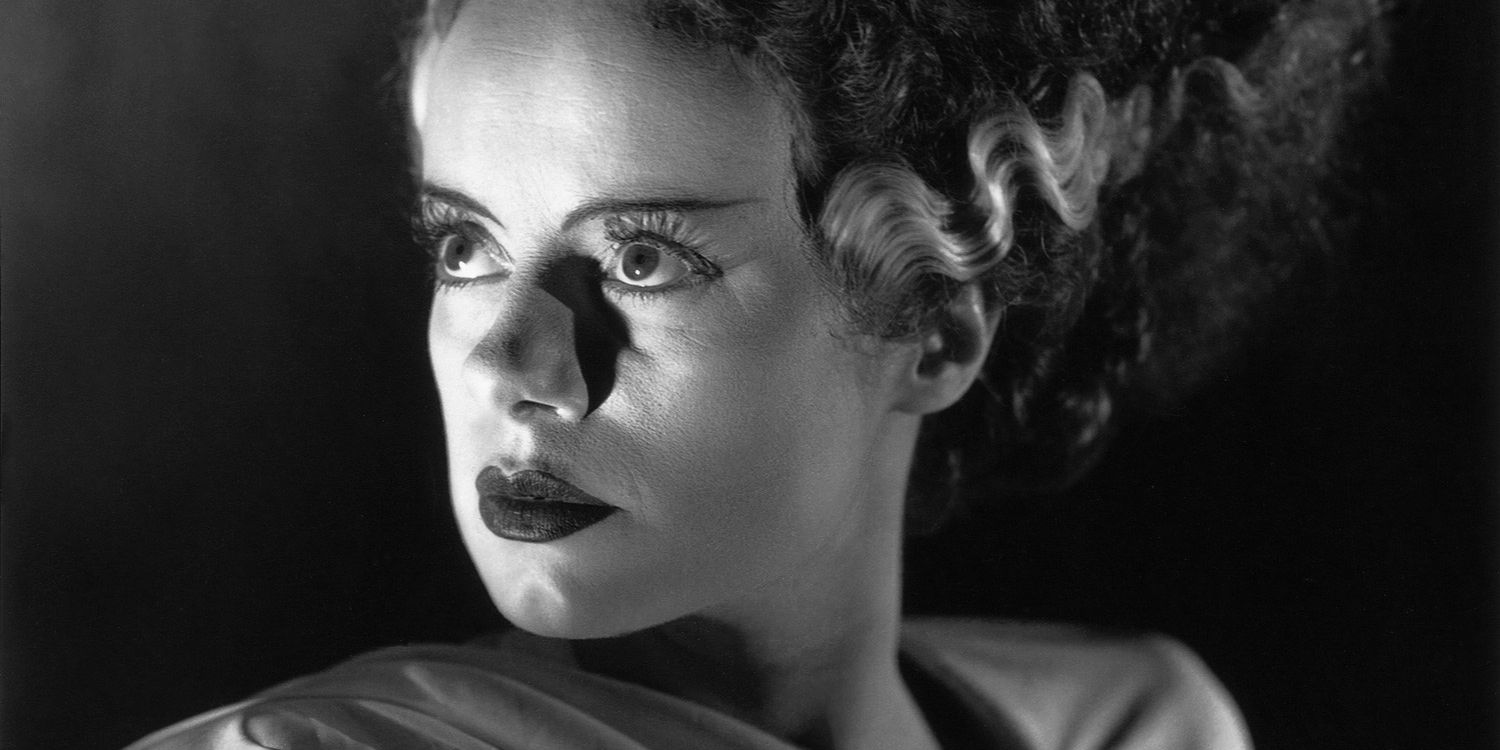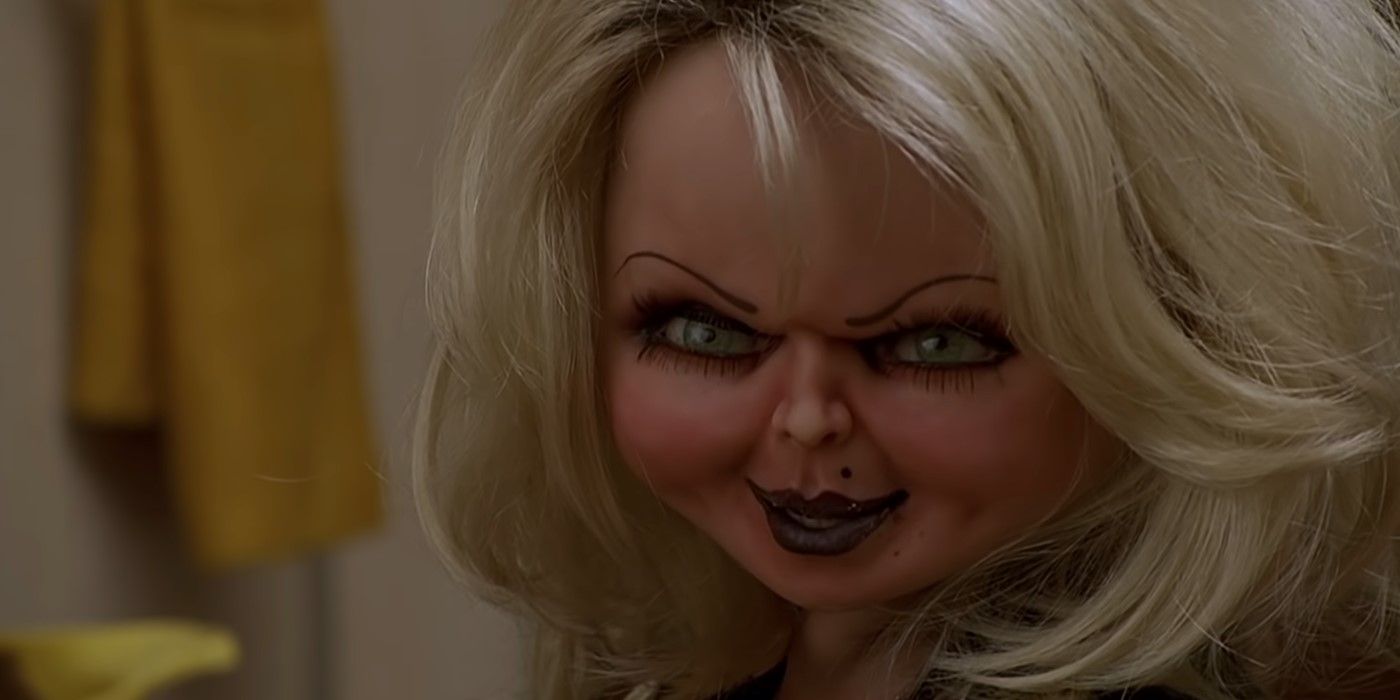Frankenstein’s Monster is one of the most beloved creations in literature and cinema, thanks largely to his impact as a Universal Monster. However, even though the first film kickstarted the world’s adoration for the lumbering, tragic creature, it wasn’t until the sequel, The Bride of Frankenstein, that the franchise hit its stride. From a technical standpoint, the film had more of James Whale’s unique flair, from his use of special effects to his humor. While his dark brand of entertainment was also prevalent in the hilarious frenzy of The Invisible Man, The Bride of Frankenstein offered something that had a loose comedic tone and the pain of the original story.
The Bride of Frankenstein followed Mary Shelly’s interpretation of the monster more closely, with him being far more literate and able to speak. But to further his story, a new character was introduced: The Bride. Pieced together like her counterpart, The Bride was an elegant and imposing second chance to master Dr. Frankenstein’s dreams of creating life from death. However, her rejection of the monster ultimately ended in tragedy as Frankenstein’s Monster realized death was the only viable option and killed her and himself. That said, even though The Bride had less than five minutes of screen time, she made a lasting impact on horror and has since become something of a feminist icon in the time she was on screen.
How Has The Bride Evolved Into a Feminist Icon?

In the brief time that she was on screen, The Bride left a mark on the horror genre that has yet to be forgotten. A lot of the adoration likely came from the choices she made while she was alive and the statement she inadvertently made in her actions. Brought to life but Dr. Frankenstein and Dr. Pretorius, The Bride had no idea what she was or why she was brought to life. Then, when she was introduced to The Monster, she screamed in terror and rejected him. From the perspective of The Monster, who wanted nothing more than companionship, this cut him to his core, leading to his understanding that maybe he and those that contributed to this affront to humanity shouldn’t be allowed to live. However, while his logic is sound in its tragedy, it’s only one part of a larger issue made prevalent by The Bride.
The Bride was made by two men for the explicit purpose of being the companion of a man she had never met. Ironically, this was the practice for humanity for centuries before the film was released. However, rather than bend the knee and accept her station, The Bride chooses to reject the role she was made for and go her own path. While this led to a premature end, it was a statement that needed to be heard at a time when gender roles were still a fixture in society. Essentially, The Bride represents everything those who wish to control would hate to see. But in doing so, she changed the genre forever.
How Has Her Appearance Affected Modern Horror?

Although her presence set a standard in feminism decades before the second wave hit the public, The Bride’s impact on horror took a bit more time to kick in. One of the best examples of what she represented was homaged greatly in Bride of Chucky. In the film, Tiffany does everything she can to bring back her boyfriend, Chucky. But after the two rekindle their romance, she notices how little he actually cared for her, and she decides to turn on him and live for herself. It’s a powerful statement that’s helped define the character ever since. However, in modern outlets, films like Pearl show the violent extreme of what The Bride represents, as Pearl would literally do anything for the recognition she craves, drawing a line between liberation and madness.
In the end, The Bride of Frankenstein is a film that has proven to be far ahead of its time. But even more impactful than the film itself was The Bride. With less than 15 minutes of fame, she made the choices she did for herself and achieved greatness in the eyes of all that watched her. She may not have been able to thrive on the screen, but she’s since proven that she could stand toe to toe with other horror greats as one of the very few to spearhead a movement both in the genre and in real life.